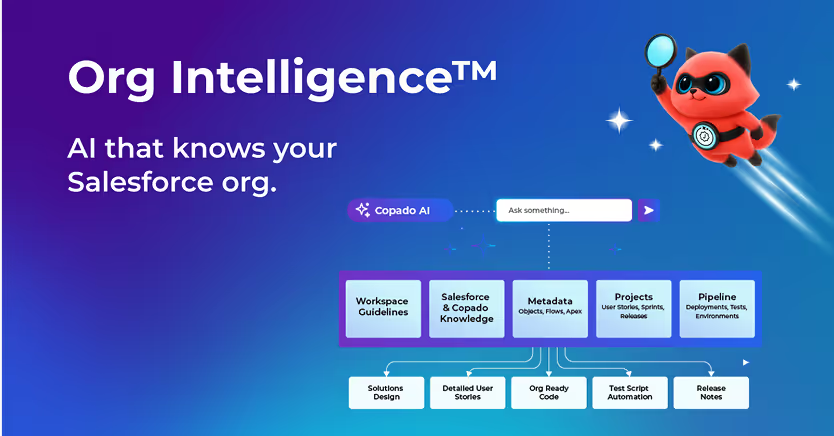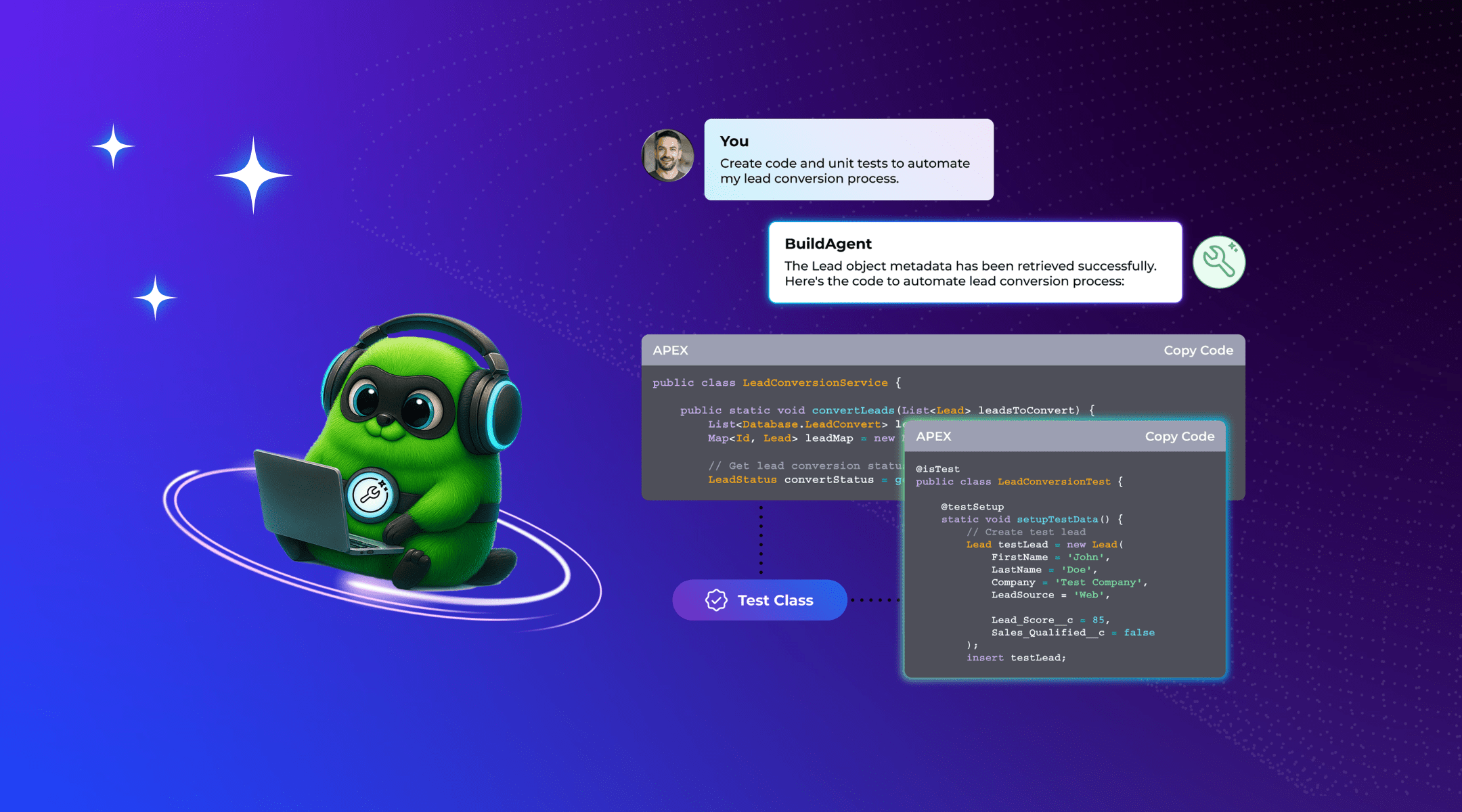Many people use the terms “test automation” and “intelligent test automation” interchangeably. However, they don’t hold the same meaning. Companies using traditional automation tools may be surprised to find that intelligent test automation fills in many gaps their current system fails to address. Companies without a test automation solution at all might be equally surprised to find that many of their testing bottlenecks are entirely avoidable. The following article will explore the most common challenges businesses face regarding insufficient testing methods — and a few ways intelligent test automation can resolve them.
The Risks of Insufficient Software Testing
Nearly every company can agree on the importance of rapid release cycles. As technological capabilities grow, consumer demands evolve. End-users expect more out of software products, and they expect them fast. Even though testing is necessary to deliver these results, it’s often first on the chopping block when time is of the essence. The following sections will outline a few of the most prominent risks associated with insufficient testing.
Bad User Experience
Insufficient testing frequently leads to poor user experience, which can have major drawbacks for your entire organization. Not only does it leave consumers dissatisfied with your product, but it garners negative attention that could hurt your brand image. End users should not be discovering avoidable bugs in a finished product. Instead, quality assurance (QA) and testers should act as the last line of defense, catching defects long before they make it into production. End-to-end testing is integral to solving this issue, but it isn’t the entire solution. To do proper testing, QA teams need support — time, resources, and the right tools.
Costly Rework
Early in development, rectifying software bugs is easier. There are fewer dependences and it’s easier to see the relationship between cause and effect. Once the product has moved to the production environment, patches become more complicated. The more deeply embedded these defects are in the system, the more time and resources they take to resolve. Exploratory testing methods and CI/CD testing (Continuous Integration/Continuous Delivery) can help mitigate these risks. However, intelligent test automation plays an integral role in a company’s ability to monitor and identify issues before they have a chance to proliferate.
Delayed Products
As previously mentioned, testing often suffers the most from tight release deadlines. However, sacrificing quality assurance in favor of speed can be detrimental to the product. Consumers expect software updates to improve their quality of life. After an upgrade, they’re likely to expect an enhanced user experience — increased speed or new features. It’s true that in some cases, you may need to delay a release to meet testing requirements. But organizations are constantly searching for ways to expand test coverage without delaying production.
What is intelligent test automation?
Intelligent test automation is the application of artificial intelligence (AI) to traditional automation practices. It uses technology like predictive analytics and machine learning to expand on earlier tools, like robotic process automation (RPA). RPA can be effective, but it lacks built-in intelligence. Intelligent test automation solutions come complete with business intelligence (BI) tools, like predictive analytics.
How can intelligent test automation mitigate risks?
Intelligent test automation reduces the margin of human error and eliminates the time testers typically spend on tasks that don’t require human judgment. For this reason, some believe that intelligent test automation could replace QA teams in the future. AI applications do have the power to make testers’ jobs infinitely easier … but automation could never replace the role of humans in the software development life cycle (SDLC). Instead, it equips testing teams with the means to do their jobs much faster and more efficiently. The list below outlines a few ways intelligent test automation reduces risk and enhances the SDLC for all:
- Low-code. Intelligent test automation solutions like Copado Robotic Testing use low-code platforms for faster implementation and DevOps support. Users can create and coordinate their own testing scripts without technical expertise.
- Automatic reporting. Monitoring and reporting duties can take up a significant chunk of testers’ time. Intelligent test automation not only helps catch bugs before launch but helps identify potential issues in your testing processes. Then, it can update the appropriate team members with automatic screenshots and reports.
- Self-healing AI. With intelligent test automation, you can reduce the time spent on manual testing maintenance. For example, Copado Robotic Testing uses AI to make broken tests heal themselves.
- Increased test coverage. Intelligent test automation solutions that operate in a cloud-native environment allow you to test any device, platform, or browser. Companies with a multiplatform infrastructure can run parallel tests to validate the system on several layers at once.












.svg)
.svg)

.png)

.svg)








.avif)













%20Data%20to%20Me_BLOG_1080x600.avif)






.avif)

































.avif)







.avif)



.avif)

























%20(1).png)
.png)
.png)

.avif)


.svg)
